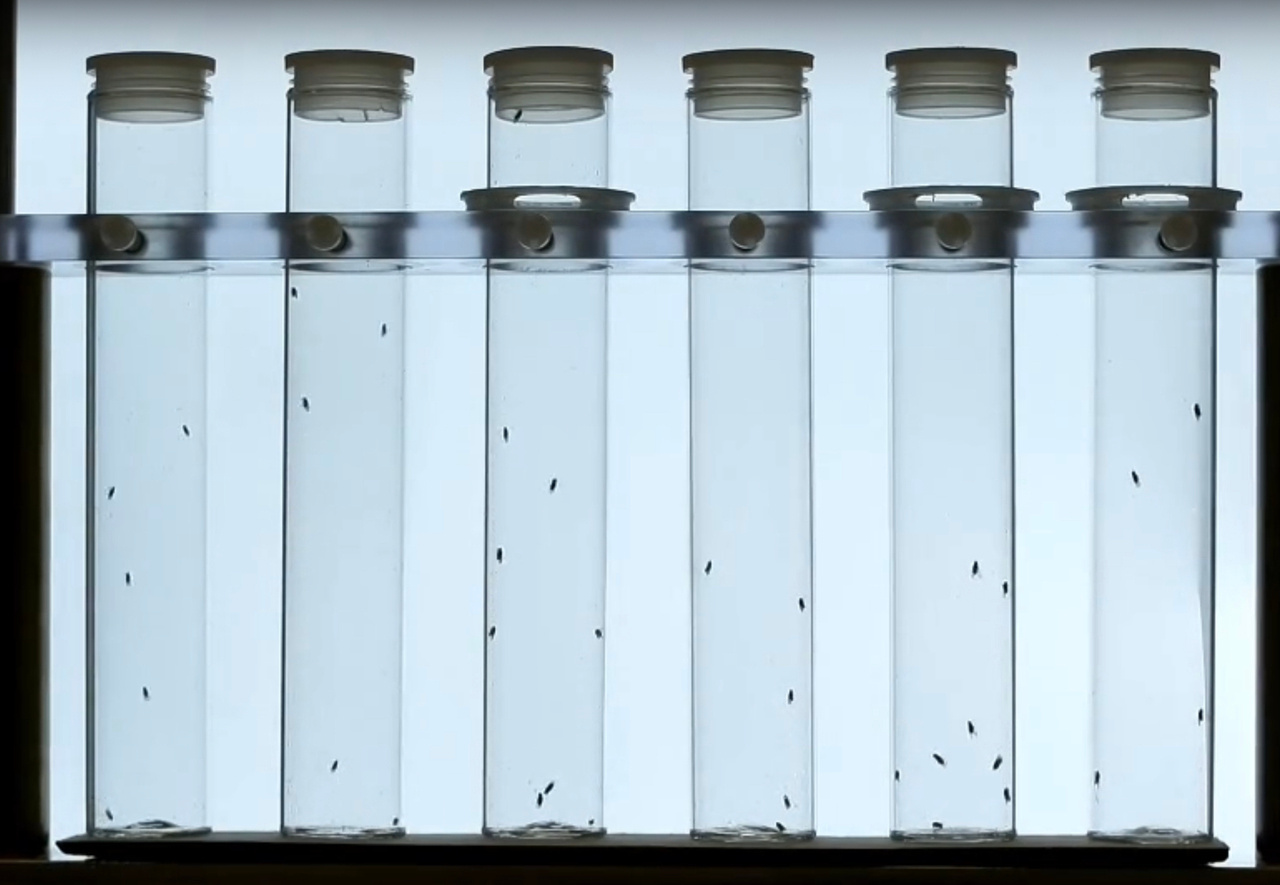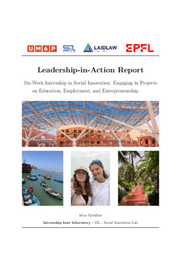Week 3 & 4 update

Week 3
This week I was mainly focused on writing a Python script that extracts the data from the file given by DeepLabCut (a CSV file) to display different statistics about flies' behavior. For example, I have obtained the y coordinate as a function of x and (x, y) as functions of time. This task took me more time than I expected due to the file's size (6000x57). Indeed I needed to put the data in a more suitable and convenient structure before trying to plot them. It was challenging for me, as I was a complete beginner in Python. Nonetheless, the feeling of succeeding in programming is the most rewarding feeling of all and was worth the time spent.
On the other side, I also had to maintain my stocks and begin the second phase of the rebalancing process, as the eggs have hatched. I needed to select a certain type of flies that would be useful to obtain again homozygous comm2 mutants, namely flies with the balancer chromosome TM6C(Sb, Tb). I could distinguish them thanks to the Ly marker observable in other flies. This marker results in rectangular-shaped wings.
The conditions required for my experiment to start are almost right!
Week 4
Even though my flies were theoretically ready for the experiment, the computer used to store the flies’ recordings crashed. This unfortunate event resulted in the loss of all the data that I gathered and the gain of one of the most valuable science lessons: being patient and able to manage frustration when an experiment is not going as planned (which often will be) is the key to research. I will therefore repeat this experiment next week.
Alongside the main part of the project, I learned a new technique to observe flies’ behaviour, which is called climbing. Flies are put in transparent vials and violently tapped against a table, to activate their survival reflex of climbing up. It enables us to compare different groups of flies and note possible defects in their motor movements.
Finally, I have also been introduced to the last steps of my project, which are the training of DeepLabCut’s deep neural network and data analysis. To use simple terms, a deep neural network is a type of machine learning process that aims to mimic the human brain by using interconnected nodes in layered structures.
DeepLabCut (DLC) only recognizes automatically the fly's body parts if its neural network was well-trained beforehand. That is why I have to label at least 50 frames per genotype that the cameras will record. If I manage to improve DLC accuracy, every behavioural experiment will become easier and more efficient in the lab.
In that way, the network's training is my top priority. Otherwise, the data obtained from DLC will not be accurate. It is indeed a groundbreaking tool for labs studying behaviour and, more particularly motor movements, but it has to be well configured first.





Please sign in
If you are a registered user on Laidlaw Scholars Network, please sign in